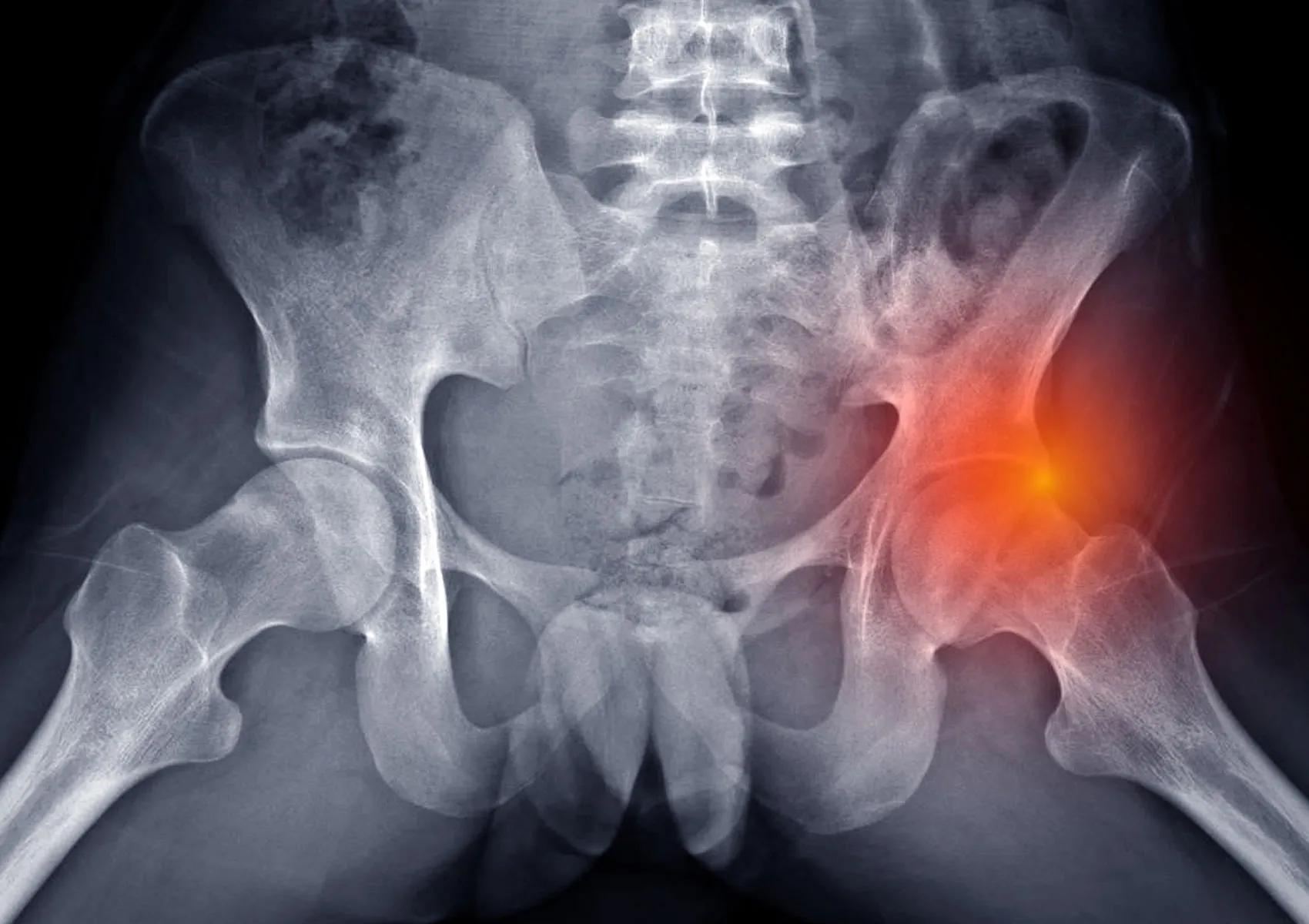What Is Femoroacetabular Impingement (FAI)? Symptoms and Surgical Treatment
A Common Cause of Hip Pain in Young Adults
Femoroacetabular Impingement (FAI) is a mechanical condition of the hip joint caused by abnormal contact between the femoral head and the acetabulum. It often occurs in young, active individuals and may lead to labral tears, cartilage damage, and early-onset osteoarthritis if left untreated.
With early diagnosis and appropriate treatment, both pain and progressive joint degeneration can be effectively managed. In this article, we explore the causes, symptoms, diagnosis, and surgical treatment options for FAI.
What Is Femoroacetabular Impingement (FAI)?
The hip is a ball-and-socket joint formed by the femoral head (thigh bone) and the acetabulum (hip socket). FAI occurs when these two structures come into abnormal contact during hip movement.
There are three main types of FAI:
- CAM Type: An abnormal bump at the femoral head-neck junction causes friction against the acetabulum.
- PINCER Type: The acetabulum covers too much of the femoral head, leading to compression.
- Combined Type: Both CAM and PINCER morphologies are present.
This abnormal motion gradually damages the labrum and articular cartilage, increasing the risk of hip degeneration.
What Causes FAI?
- Congenital or developmental hip deformities
- High-impact sports (e.g., football, gymnastics, dance)
- Genetic predisposition
- Previous hip trauma
- History of developmental dysplasia of the hip
- Abnormal bone structure in the femoral head or acetabulum
Symptoms of FAI
- Groin or front hip pain, especially with activity
- Sharp pain after sitting or driving for long periods
- Clicking, catching, or locking sensation in the hip
- Pain during hip flexion, squatting, or twisting movements
- Decreased athletic performance
- Difficulty with stairs or deep bending
- Hip stiffness and reduced range of motion
How Is FAI Diagnosed?
FAI is diagnosed through clinical examination and imaging techniques:
- Physical examination: Specific maneuvers provoke pain by reproducing the impingement.
- X-rays: Reveal bone deformities in the hip joint.
- MRI: Detects labral tears and cartilage damage.
- MR arthrography: Contrast dye highlights the joint structure in greater detail.
- CT scan: Provides 3D evaluation of bony anatomy.
Surgical Treatment of Femoroacetabular Impingement
If conservative treatments (rest, physical therapy, medications) fail or if structural deformities are significant, surgical intervention is recommended.
Hip Arthroscopy
This is the most common surgical technique used to treat FAI and is performed through small incisions with a camera and special instruments.
Advantages:
- Minimally invasive (keyhole surgery)
- Small incisions, less scarring
- Faster recovery
- Less postoperative pain
- Simultaneous diagnosis and treatment
During the procedure:
- CAM and/or PINCER lesions are reshaped
- Torn labrum is repaired or debrided
- Damaged cartilage is treated
- Normal hip mechanics are restored
Open Surgery
Used only in rare cases, such as complex deformities or when dysplasia coexists with impingement.
Recovery After Surgery
- Hospital stay: Usually 1 day
- Walking: Can begin with crutches on the first day
- Physical therapy: Starts within the first week
- Return to sports: Light activity at 3 months, full return at 4–6 months
- Complete recovery: Typically within 4–6 months
FAQ
-
Can FAI resolve on its own?
No. It often worsens over time and may lead to joint degeneration if not treated.
-
Does arthroscopic surgery provide permanent results?
Yes. When performed at the right stage and for the right candidate, it offers long-lasting outcomes.
-
How long does the postoperative pain last?
Pain typically improves significantly within the first few weeks.
-
At what age is FAI most common?
FAI is most common in individuals aged 20 to 45 who are physically active.
-
When can athletes return to sports after surgery?
Most return to full activity within 4–6 months, following a tailored rehabilitation program.

